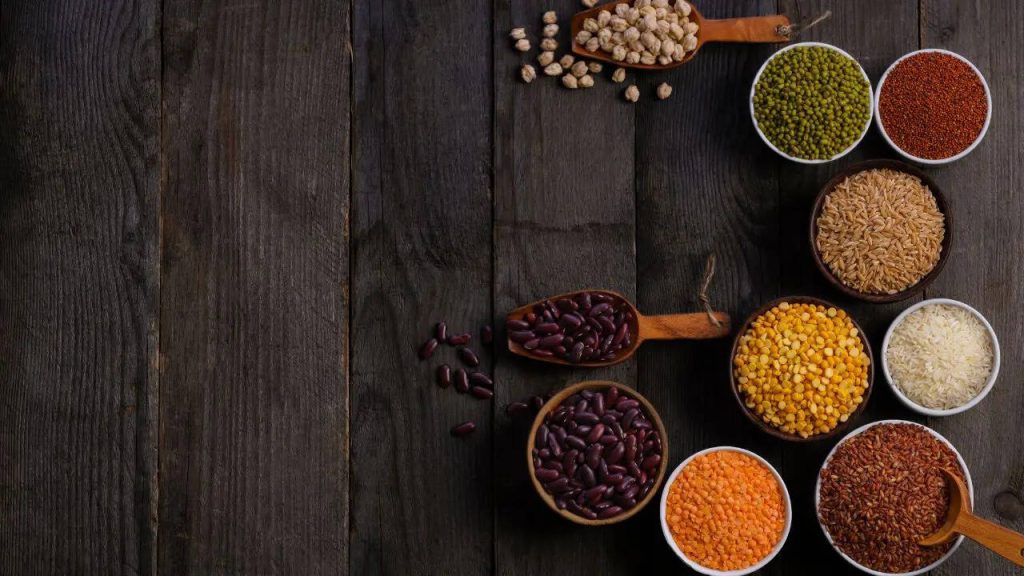Rediscovering Ancient Indian Grains
Once staples of Indian diets, grains like kutki (little millet), kodo millet and jowar (sorghum) nearly vanished during the Green Revolution. Now they are staging a remarkable comeback.
The Rise and Fall of Millets
In the 1960s‑70s, Indian policy heavily promoted wheat and rice, leading farmers to abandon millet cultivation. In just six decades, millet cultivation dropped from ~40% of cereal acreage to around 11% 0.
What Are Kutki, Kodo & Jowar?
Little millet (kutki/samai): Panicum sumatrense, commonly grown in Chhattisgarh, Odisha, Jharkhand and MP. A light, easily digestible rice substitute rich in iron and fiber 1.
Kodo millet (kodon): Paspalum scrobiculatum, high in antioxidants, gentle on digestion—preferred for infants and the elderly 2.
Jowar (sorghum): Sorghum bicolor, India’s fifth most‑consumed grain worldwide—an iron‑rich, gluten‑free staple used in rotis, dosas, bhakris and upma 3.
Nutritional Powerhouse & Health Benefits
- Millets provide 3–5 × more nutrients than polished rice or wheat—rich in protein, fiber, iron, calcium, zinc, B‑vitamins and antioxidants 4.
- Jowar has ~10.4 g protein per 100 g, higher when sprouted 5.
- Finger millet (ragi) offers 3× more calcium than milk and is ideal for bone and brain health 6.
Food, Farmers & Market Revival
The Government of India and FAO declared 2023 as the International Year of Millets; ITC Foods launched millet‑based products, hotels are serving millet dishes like kutki khao suey and kodo halwa, and startups are exporting millet noodles, cookies, pastas globally 7.
Trivia‑worthy Millets Timeline
• Ancient cultivation traces back ~10,000 years to Neolithic East Asia/India 8.
• Mid‑20th century: Green Revolution shifts focus to rice and wheat.
• 2018: India declares National Year of Millets.
• 2021: UN declares 2023 International Year of Millets.
• 2023: India’s millet production ~12.6 million tonnes (vs ~13.1 in 2022) 9.
Health & Digestive Considerations
Millets contain antinutritional compounds—phytates, tannins, oxalates and goitrogenic factors—that may inhibit nutrient absorption. Techniques like soaking, sprouting, germination and pairing with legumes or fats (like ghee) improve digestibility and nutrient bioavailability 10.
Who Should Be Careful?
People with hypothyroidism should limit millets due to goitrogens. Introduce them gradually to avoid digestive discomfort. Soaking and fermenting millets before cooking reduces phytic acid and improves tolerance 11.
Fun Facts for Quizzes
• Kutki is also called samai or moraiyo.
• Millets are gluten‑free and have low glycemic index—great for diabetics.
• ITC Foods refers to millets as “Shree Anna” or “blessed food.”
• Little millet contains ~13.9 mg iron per 100 g and ~3.5 mg zinc 12.
Conclusion: Why Millets Matter Now
With benefits spanning nutrition, sustainability, drought resilience and rural livelihoods, millets like kutki, kodo and jowar are more than a passing trend—they’re reclaiming their legacy as India’s super‑food grains.
Source: Times Now News

